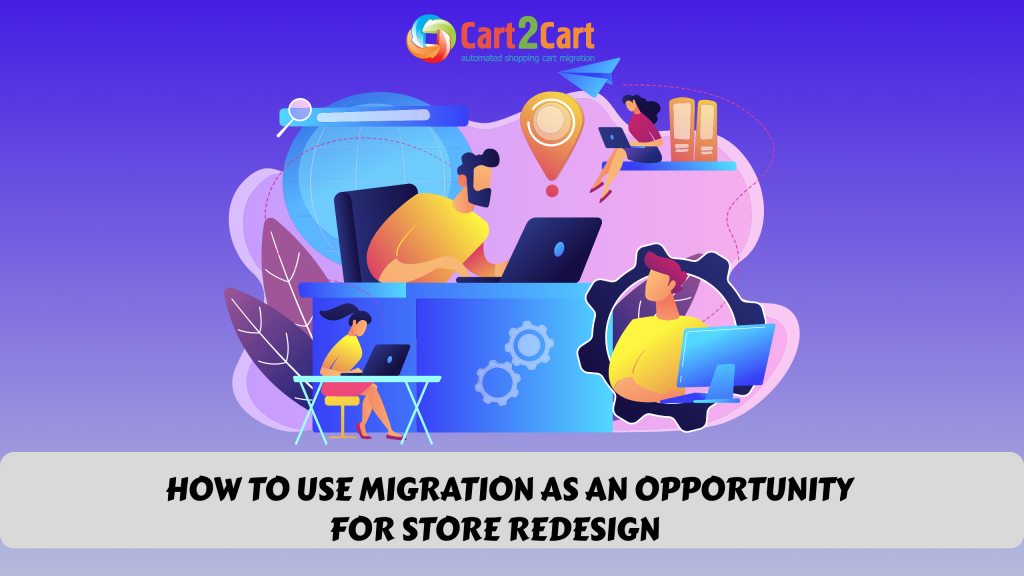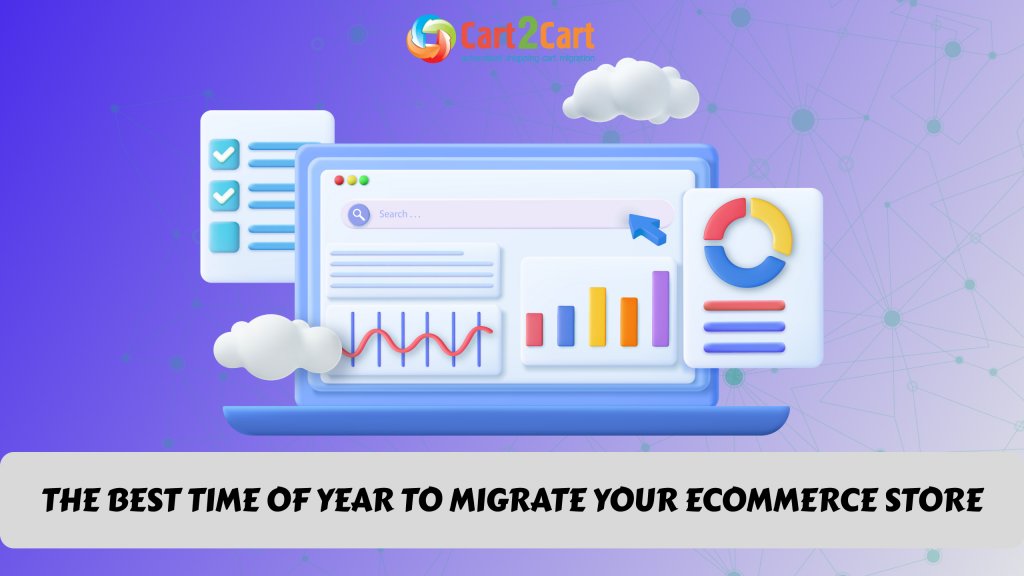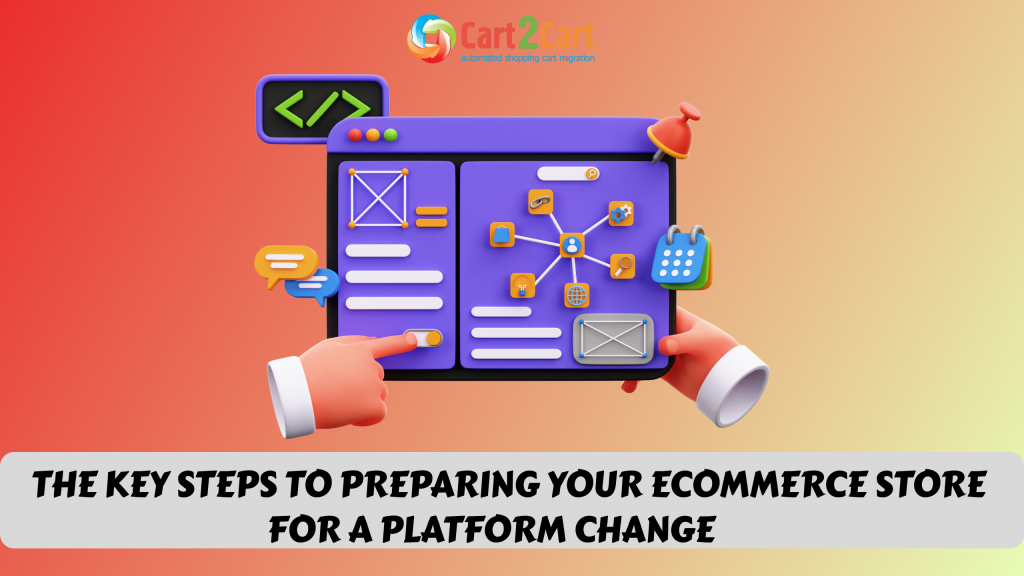
Bad news travels fast. Thus, the news about Amazon Webstore closing in 2016 has flown around the world with speed of light. Started in 2010, Amazon’s e-Commerce solution was a promising shopping cart with an online retailer #1 backing it up. However, if there’s one area where Amazon wasn’t acting with flying colors, it was providing an e-Commerce platform for others.
Amazon Webstore was intended to become a perfect solution for small/middle-size businesses. For 79$ a month + sales charges between 2.1 - 2.9 percent, merchants were offered to create a “quick to design, simple to build and easy to manage full-featured e-Commerce store using Amazon’s technology”.
Apparently, Amazon couldn’t create an appealing product for e-retailers. In five years since the platform’s launch, it managed to gather around at most a several hundred of active users, whilst Amazon Webstore alternatives - dozens of thousands.

In addition to that, many users reported less-than-positive experiences of platform’s usage. According to its clients, Amazon Webstore have been way too “amazonish”, expensive and a bit functionally outdated. The result of such a state of affairs showed up on March, 2015, with the following notice on its official website:

Consequently, 5 years past the platform’s launch, Amazon cancels the possibility to create new stores and suggests companies to consider moving their businesses elsewhere. Hence, the massive migration from Amazon Webstore has begun.
The Reasons of Amazon Webstore Closing
Generally, the fact of Amazon Webstore failure could be referred to 3 reasons: “amazonishness”, lack of innovations and price.
Amazonishness. Amazon Webstore was way too much connected to the Internet retail giant - the flow, the structure, the user experience and the checkout process were easily recognizable as “amazonish”. On theory, Amazon brading should gain credibility to the store. Instead, it’s been stealing customers. And though Webstore users could maintain the presence of their own brand on the website, the parental logo was always nearby. As a result, customers often decided to buy directly from Amazon instead.
Lack of innovations. Having a robust set of features as for 2010, Amazon Webstore, unfortunately, did very little to expand its possibilities over time. Whilst its nearest competitors were actively developing and building more and more compelling features, Amazon just couldn’t compete. Thereby, in recent times Amazon Webstore was often accused of being cumbersome and functionally out-dated, which caused even higher rate of users outflow.
Price. First of all, 79$ a month is hardly a competitive price, considering the fact that Shopify and Bigcommerce suggest 29$ plans (as well as more expensive ones). Secondly, 2.1% - 2.9% sales charge that obliges you to pay Amazon a tribute for EVERY single transaction makes things even worse. Logically, the expenses will grow with the time, as the more money you make, the more you have to pay. But does it worth it?
Where to Migrate from Amazon Webstore?
Since Amazon Webstore shutdown is inevitable, and users are actively seeking appealing platforms for migration, we prepared a list of Top Amazon Webstore Alternatives. Having all main criterias considered, including integration with FBA and Amazon Payments, it’ll become a handy migration guide for every owner of Amazon Webstore. Also, you may take a look at a detailed Amazon Webstore infographic where we compare basic features of 4 most probable alternative shopping carts.

Grab this unique opportunity now!
With Cart2Cart, your data will be moved fast & stress-free. You're only required to go through a simple 3-step process and get your store data automatedly transferred to desired platform.
Migrate nowMeans of Amazon Webstore Migration
When an alternative shopping cart is chosen, it’s time to decide upon the way of migration: manual or automated. The first one would be a good choice for small stores with no more than 50 products. Otherwise, we’d recommend to consider performing automated migration. Unlike manual migration, automated data transfer is paid, however its more reliable and enables to move any quantity of products and other entities in terms of a several hours or less. Cart2Cart offers the possibility to migrate from Amazon Webstore to 60+ world’s most popular platforms -- and switch from Amazon Webstore to Magento, for example -- with no technical skills required. If hesitate, try out how everything works and perform a free Demo Migration moving a limited number of products in 10 minutes of time.


 March 31, 2025
March 31, 2025 


Comment by Douglas Klein
We need to put Amazon out of business for good. Because it’s all Amazon fraught to put all the retailer stores out of business. we need all of the retailer stores stay open.
Comment by Iryna Namaka
Hello Douglas,
Thank you for your opinion. eCommerce is all about competition and dealing with such giants is a daunting task, indeed. Yet we are pretty sure that with the robust shopping carts online merchants will be able to reach the real success.
Waiting to hear more from you!